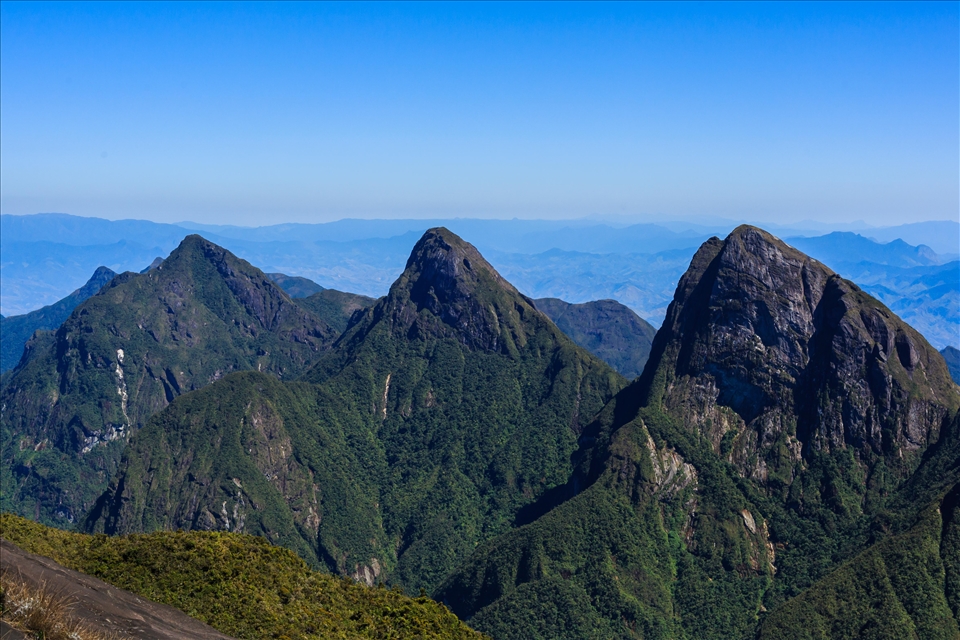
MADAGASCAR | Sunday, 23 November 2014 | Views [638] | View Smaller Image
Madagascar is a biodiversity hotspot, containing a huge number of endemic species of plants and animals. Unfortunately, Madagascar is also one of the poorest countries in the world, which has meant that up to 90% of the original forest has been cleared for cattle grazing and wood fire cooking.
Pockets of virgin forest do still exist, such as those found in Parc National Marojejy but they are usually isolated and hard to access. The high peaks and deep valleys of Marojejy (seen in the photograph) have meant that human encroachment has been kept at bay and existing protection measures hold back most of the deforestation.
What makes Parc National de Marojejy so special is that it is one of only a handful of locations that the critically endangered Silky Sifaka still exists. Unable to be bred in captivity, the world population of these primates is only a few hundred and they have been on the world's 25 Most Endangered Primates list since its inception in 2000 (Lemurs of Madagascar 3rd Edition, 2010).
I visited Marojejy in 2014 with the aim of seeing and hopefully photographing this most rare of primate species. Access is limited, requiring at least a 3 day trek through the thick jungle and mud that makes up the Silky Sifakas home.